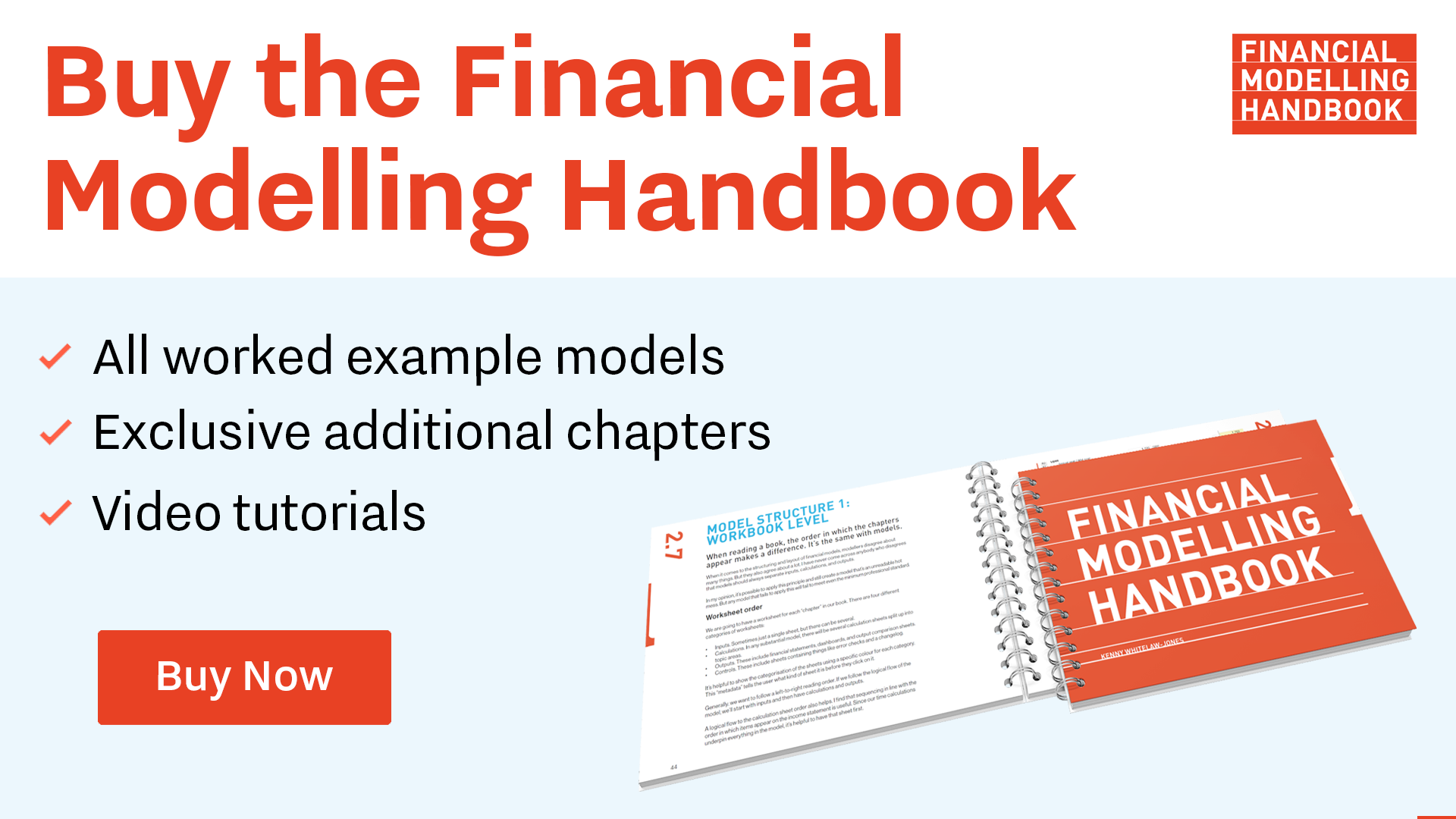The importance of keyboard shortcuts
Our conscious cognitive bandwidth is narrower than we think.
Our brains are constantly looking for ways to get activity out of our conscious mind to preserve bandwidth.
There's a part of our brains called the lower ganglia. The job of the lower ganglia is to look out for things that we repeatedly do and get them into muscle memory. This then allows us to do them without thinking about them. This is one of the ways we progress from conscious competence to unconscious competence in our four stages of learning.
When you were first learning to drive, you had to pay a lot of conscious attention to the car's controls; you were in the conscious competence stage of learning. Because the controls were always in the same place, gradually, you had to pay less and less attention to them. You probably found you have more bandwidth available to think about where you are going and chat with your fellow passengers.
If the controls were not in the same place every time you got into the car, you would not have developed this muscle memory. You'd always be using conscious attention to manipulate the controls of the vehicle.
This also applies to keyboard shortcuts.
The keys are always in the same place.
So if we use keyboard shortcuts repeatedly, they get into muscle memory.
If we're forever like clicking and dragging around with the mouse, our controls are always in a different place. We are always orienting ourselves to a different location on the screen and clicking differently.
And the repetition doesn't have a chance to get into muscle memory.
When things get into muscle memory, we can get really get productive.
We can start to do a lot of the execution of the modelling without thinking about it.
We have to use less bandwidth to think about "how to model". This leaves more bandwidth to think about what we're modelling and what it's telling us about the business.
And that's precisely where we want to focus our attention.

Comments
Sign in or become a Financial Modelling Handbook member to join the conversation.
Just enter your email below to get a log in link.